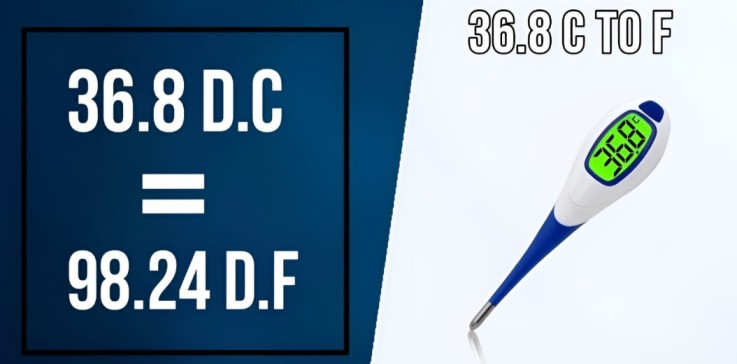Key Signs That It’s Time to Replace Your Car Tyres

Running a car is not quite as simple as topping it up with petrol, diesel or electricity every now and then. Cars are complex machines, with a great many things to track – from brakes and suspension to engine lubrication and beyond. One of the many things that a driver needs to remain on top of is the condition of their car’s tyres. Good tyre condition is crucial to your safety on the road, and your tyres should be replaced on a regular basis. But what are some key signs that a replacement may be due?
Vibrations When Driving
One of the key tell-tale signs that your car’s tyres are at the end of their life is a felt sensation when driving. If you notice unusual vibration or rattling in the car, this can be an indicator that your tyres have worn. This is best-noticed when transitioning from rougher roads to smoother tarmac.
This is naturally an imprecise indicator of tyre wear, in that different forms of wear are not easily distinguishable. Excessive vibrations can be the result of imbalanced tyre wear, tyre deformation or tread separation. Whatever the cause, complete replacement of your car tyres should be the response to noticing such rattling.
Tread Depth
There are legal frameworks surrounding the safety of car tyres on UK roads, and tread depth is one of the more important factors to consider in this regard. Tyre treads are essential to enabling your tyres to grip the road securely.
The treads allow the movement of water and other materials out from under the tyre, ensuring that the rubber gains traction on the road surface; ‘balding’ tyres with worn treads are more susceptible to ‘aquaplaning’, or slipping over water unable to escape from under the tyre. According to the law, car tyre treads must not fall below 1.6mm in depth. This can be easily checked with the outer band of a 20 pence piece.
Sidewall Cracking
Cracks may appear in the sidewall of your tyre and can do so for two main reasons. For one, your car may have been immobile for a long period of time, placing disproportionate stress on parts of each tyre. More commonly, though, sidewall cracking occurs where UV rays have affected the rubber compounds in your tyre. Over time, UV rays render the rubber stiff and brittle, creating weaknesses and increasing the likelihood of a blowout.
End-of-Life
Indeed, time itself can have a destructive impact on the integrity of your tyres. Different manufacturers give their tyres different average lifespans, but it is good practice to replace your car’s tyres every five years in order to avoid age-related incidents.



